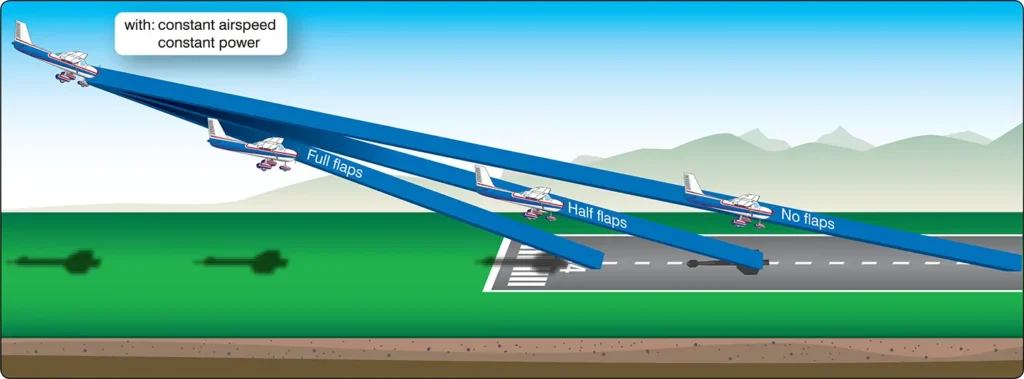How to Prevent Landing Errors Due to Optical Illusions
Airplane Flying, Flying TrainingTo prevent these illusions and their potentially hazardous consequences, pilots can: Anticipate the possibility of visual illusions during approaches to unfamiliar airports, particularly at night or in adverse weather conditions. Consult airport diagrams and the Chart Supplements for information on runway slope, terrain, and lighting. Make frequent reference to the altimeter, especially during all approaches, […]
How to Prevent Landing Errors Due to Optical Illusions Read Post »

